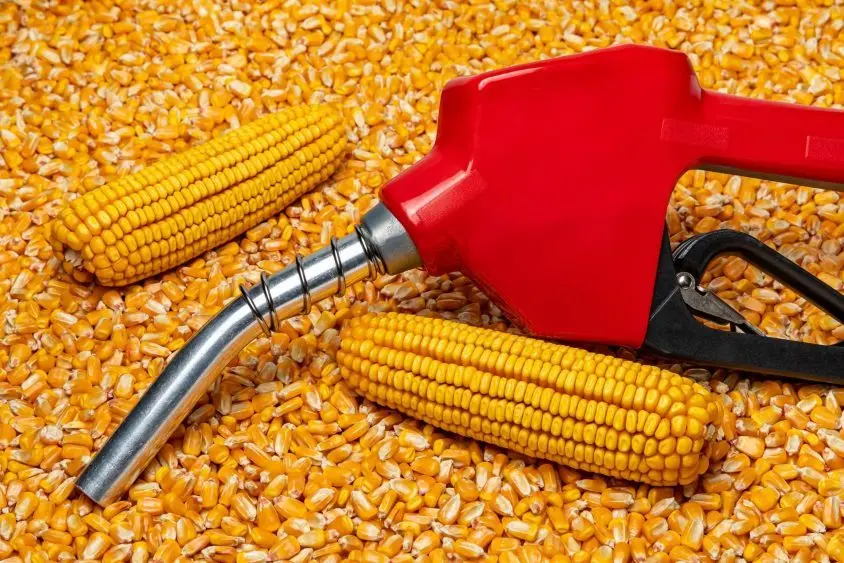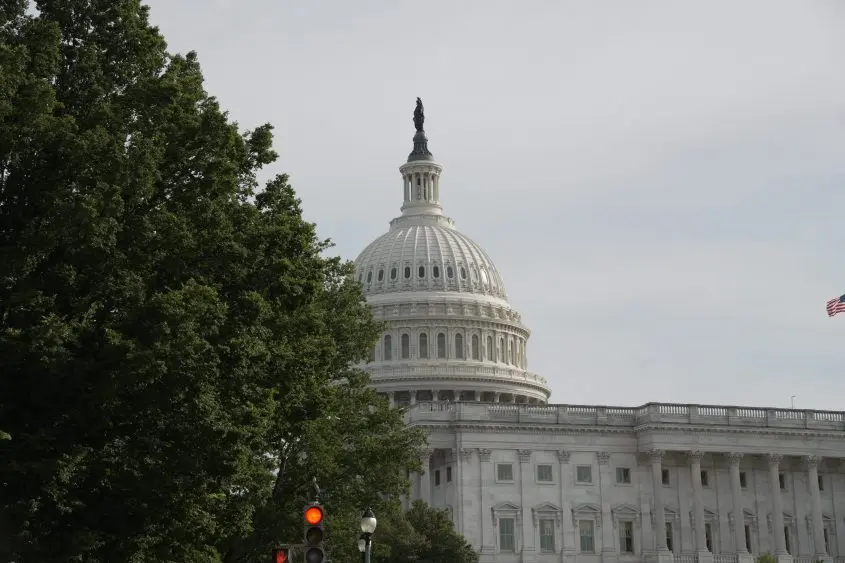
(WASHINGTON D.C.) — President Trump’s administration calculated its raft of new tariffs primarily based on existing trade balances — a departure from pledges to match the tariff rates and other trade barriers from other countries.
In a statement published Wednesday night to explain its methodology for tariffs that rocked the globe, the United States Trade Representative detailed a formula that divides a country’s trade surplus with the U.S. by its total exports, based on data from the U.S. Census Bureau for 2024. That number was then divided by two, producing the “discounted” rate. China, for instance, had a trade surplus of $295 billion with the U.S. last year on total exports of $438 billion — a ratio of 68%. Divided by two according to Trump’s formula, that yielded a tariff rate of 34%.
The same calculations roughly produced the rates for other economies like Japan, South Korea and the European Union. Countries where the U.S. runs a trade surplus were also hit, facing a flat 10% rate regardless, as did nations where trade was roughly even.
More reaction continues to pour in from lawmakers and agriculture industry officials to the tariff announcements. Sen. Thom Tillis, R-North Carolina, criticized the move, saying in a video interview that “anyone who says there will be a little bit of pain before we get things right, needs to talk about farmers, who are one crop away from bankruptcy.”
American Farm Bureau Federation President Zippy Duvall commented on President Trump’s announcement that the United States will impose reciprocal tariffs on trading partners. Duvall said in part that “Trade is critical to the success of farmers and ranchers across the country. We share the administration’s goal of leveling the playing field with our international partners, but increased tariffs threaten the economic sustainability of farmers who have lost money on most major crops for the past three years.”
Duvall added “more than 20% of farm income comes from exports, and farmers rely on imports for crucial supplies like fertilizer and specialized tools. Tariffs will drive up the cost of critical supplies, and retaliatory tariffs will make American-grown products more expensive globally. The combination not only threatens farmers’ competitiveness in the short-term, but it may cause long-term damage by leading to losses in market share.”



